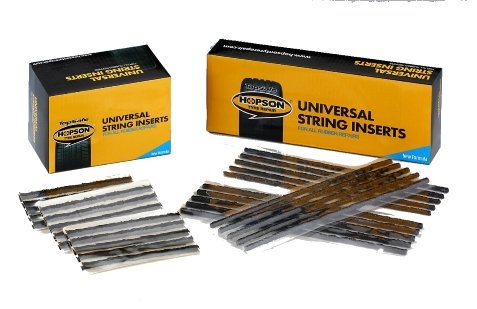Frequently Asked Questions
Using Patch Plug Combination Repair Materials
How Can We Help?
Puncture repair using patch and plug combination repair materials
We have a wide range of tyre repair materials such as patch and plug combos, universal patches, tube patches, radial patches and cross ply patches. These are used on motorcycle tyres, passenger car tyres, LGVs tyre and even truck and agricultural tyres. The most common repair patches for passenger car tyres are the patch and plug combinations. With varying stem diameters from 4mm, 6mm, 9mm and 10mm, these patch and plug combinations are suitable for motorcycle tyres (4mm stem), passenger car tyres (6mm stem) and even LGV tyres (9mm+ stem). It is illegal to repair a passenger car tyre puncture that is larger that 6mm.
The first step to repairing a puncture and selecting the correct repair material is to find where it is, this should be fairly easy if the puncture is a large hole caused by a nail for example. If a flat tyre is the cause of a slow puncture there are tools available such as tyre baths and leak finders which are designed to make finding the cause of a slow puncture a simple process.
Mark a cross over the effected area using tyre marking chalk. Then using a carbide cutter or hand rasp, make the puncture into a clean hole. The area then needs to be buffed and cleaned using Liquid Rubber Buffer Cleaner (Buffing Soltution). You can then use buffing accessories such as a Buffing Stone or Grit Flat Wheel. This creates a rough surface to enable the vulcanising solution, or glue, to bond with the rubber of the tyre. Once these steps have been use the vulcanising solution, applied to the hole using a spiral cement tool.
All patch and plug combos have a metal pin in the end. This enables you to easily guide the plug through the hole and then pull through to create a perfect seal. Use a stitch roller and inner liner sealant over the patch and the repair is complete. All left to do it cut the plug down to size and mount the tyre back onto the wheel.


